Ernest Shackleton and the Irish Antarctic Connection.
During the Golden Age of Antarctic Exploration, two men from Ireland achieved nearly impossible feats of bravery and endurance in the race to the South Pole. In this letter we will meet Ernest Shackleton and the Irish explorers who took on the one of the harshest landscapes and survived.
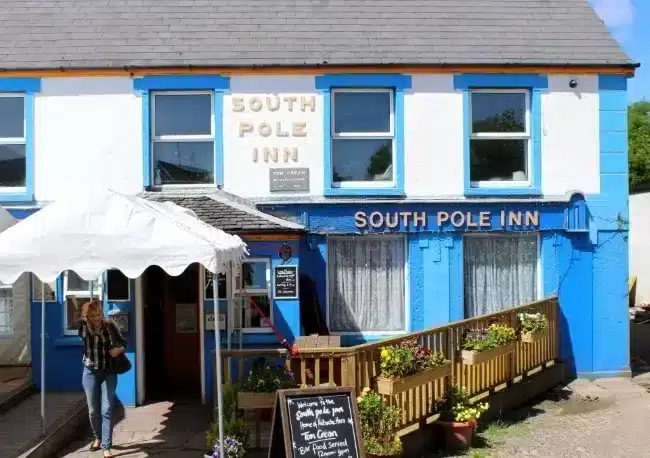
Carina and myself were settling down in front of the TV last night – and up came the story of one Ernest Shackleton, in this case played by Kenneth Branagh. About 30 minutes into the movie, we are introduced to the Irishman who accompanied Shackleton on his South Pole voyage in 1914 – one Tom Crean from County Kerry.
However, many people do not realise that both Ernest Shackleton and Kenneth Branagh – are also Irishmen. Let’s see how their stories combine.
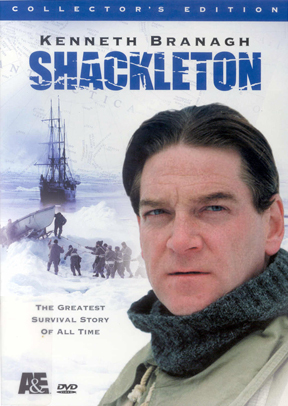
The “Britons” was the name the Romans gave to the natives of most of what we call Britain today. However, these “native Britons” were pushed further to the west and southwest by the invading Angles and Saxons in the fifth century. The majority of the ancient “Britons” ending up in what is now Wales – where their Irish neighbours gave them the name of “Breathnach” (pronounced “Brah-nock”) – essentially the Irish for “Briton”.

However, Kenneth Branagh summarises his own heritage by saying:
“I’ll always be a Belfast lad at heart”.
From Branagh to Shackleton.
Branagh must have been attracted to playing the part of Shackleton, as their early stories were quite similar. Abraham Shackleton arrived in County Kildare from Yorkshire in the early 1700s. He immediately set about building a multi-denominational school based on the ethos of his own Quaker faith. Do you have any Irish Quaker ancestors in your family?
About 150 years later, Ernest Shackleton was born into this same family – to Henry Shackleton and Henrietta Gavan – near the town of Athy in south County Kildare. His father, Henry, gave up farming when Ernest was a boy – and attended Trinity College in Dublin to study medicine. By the time Ernest was ten, the family were ready to migrate to London.
Ernest Shackleton was drawn to the sea from an early age, and in 1901, became part of Captain Robert Scott’s South Pole Discovery expedition. The sense of adventure, competition and camaraderie must have had a big impact on Shackleton – as he later set up his own expedition to further explore Antarctica and to be the first to reach the South Pole.
However, neither Scott nor Shackleton became the first to reach that pole. Scott and his comrades arrived at the pole on January 17, 1912 – only to find that Roald Amundsen had beaten them by five weeks. Scott and his party perished on the return journey – and lie entombed in their tent under metres of sheet ice even today.
Shackleton decided to push ahead with another polar expedition – heading off on his ship “The Endurance” on the eve of the First World War. The mission was to be the first to traverse the pole from one side of Antarctica to the other.

Shackleton went on to launch one last Antarctic expedition in 1921. However, he died of a heart attack in South Georgia where you can find his grave today. His expedition doctor, Alexander Macklin, wrote at the time:
“I think this is as the ‘Boss’ would have had it himself, standing lonely in an island far from civilisation, surrounded by stormy tempestuous seas, and in the vicinity of one of his greatest exploits.”
Although Shackleton was viewed as an adventurer who “never quite made it” in his own lifetime, his ability to lead his team under the most ferocious circumstances is celebrated and studied in Universities and military establishments around the world today. If you ever visit the county of Kildare – you can visit the Shackleton Museum, or attend the the Ernest Shackleton Autumn School, held annually to honour Ernest Shackleton and the era of heroic polar exploration.
The Quiet Kerryman.
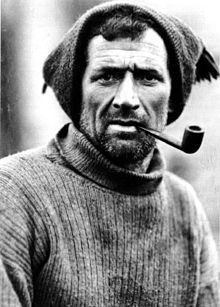
He proved himself well, and was a regular for Scott right up until his final 1912 expedition. This was the expedition that saw Scott lose out to Amundsen in being the first to reach the South Pole. It was also the expedition that led to the deaths of Scott and his small, final, party that made the final dash for the Pole.
It was also during this expedition, that Crean travelled solo for 35 miles over the Ross ice shelf to rescue one of his crewmates – a feat for which he was awarded an Albert medal.
When Shackleton came to recruit for the Endurance expedition, Crean was a natural choice – and joined the crew as second officer. Crean’s calmness under pressure, ability with dogs and his toughness – were welcome attributes on what was to become a most challenging journey.
When Shackleton’s Endurance was caught in the ice – he looked to a small team to accompany him on the rescue mission back to South Georgia – naturally including Crean. In fact, Crean was also part of the three man team that made the final overland trek across South Georgia. A later explorer commented:
“I do not know how they did it, except that they had to — three men of the heroic age of Antarctic exploration with 50 feet of rope between them — and a carpenter’s axe”.
Following the expedition, Crean returned to active service – and eventually retired from the navy in 1920. He married Ellen Herlihy and opened a pub in Annascaul called the “South Pole Inn”.
Let me ask you something. Do you have members of your family who aren’t interested in speaking about the past? Well, Tom Crean was one of those men. He put his medals away and never spoke again of his Antarctic exploits. The only clue he gave to his achievements was the naming of “The South Pole Inn”.
It was only later, as the true accomplishments of Scott and Shackleton were being examined and celebrated, that the part this quiet Kerryman had to play in the survival and success of so many of those expeditions during the “heroic age of polar exploration” became apparent.

That’s it for this week. As always, do feel free to leave a comment below if you would like share a story or the Irish surnames in your family.
Slán for now,
Mike and Carina.

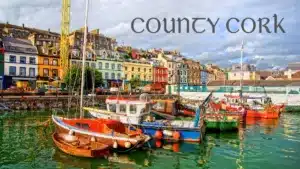
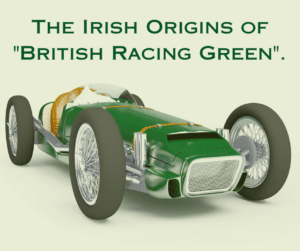
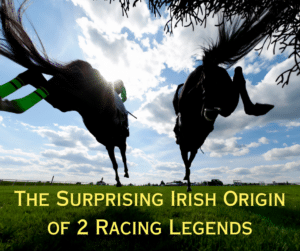
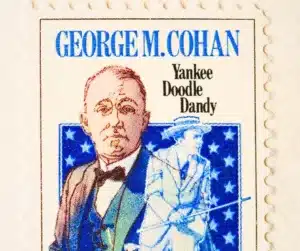
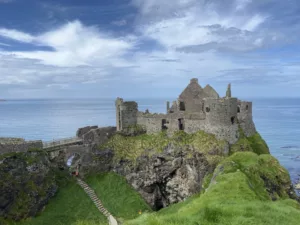
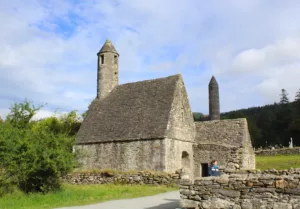
Only Plus Members can comment - Join Now
If you already have an account sign in here.